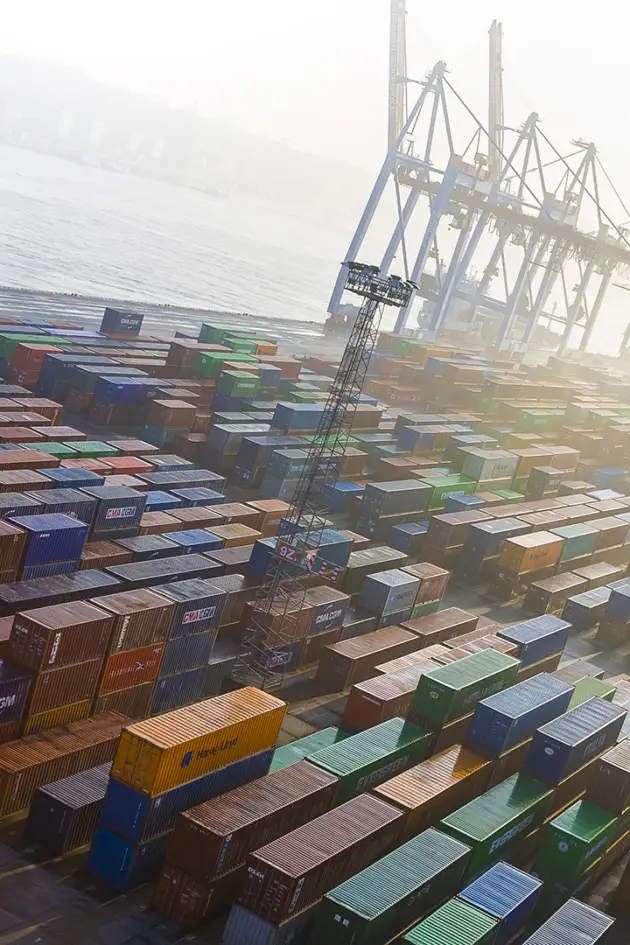Change in sector risks due to the crisis
In the credit risk management departments of companies, banks, financial service providers and insurers it is therefore essential to include the sector of a company in its rating. Only then can decisions on credits and limits be taken on the basis of detailed information.
Sectors affected to varying degrees
The extent to which the business operations of companies have been hampered due to the coronavirus crisis varies widely between branches. Some businesses have come under extreme pressure, while others are even benefiting from the changes in circumstances.
The winners include for example those in the healthcare sector as well as software houses and IT service providers. These sectors have firstly enjoyed increased demand, e.g. for hygiene products or medical protective equipment, while others have benefited from the surge in digitalisation seen since the start of the coronavirus crisis.
The clear losers here include tourism and hospitality, but the automotive industry, metal production and processing or textiles are also suffering greatly from the impact of the pandemic. Here interruptions in delivery chains and collapsing demand are creating significant restrictions on business activities.
There may however also be variations within an individual sector. For example, the effect on the wholesale trade greatly depends on the type of merchandise it handles. Wholesalers who deal in everyday consumer goods or pharmacy items may well see an increase in demand, while those working for the manufacturing industry are having to confront massive losses.
In general, business models that provide for decentralised ways of working, e.g. working from home, have a major advantage in this crisis.
Which sector is concerned has a strong impact on the chances of success
The sector to which a company belongs is thus a significant indicator of both its current and future profitability. When evaluating the creditworthiness of a business and making decisions about levels of credit and limits, this aspect should therefore influence the rating of the firm under consideration in all cases.
For companies, banks, financial service providers and insurers who have set up an automated credit risk management system, this is generally possible without difficulty: The sector to which a company belongs is directly supplied by the associated information service provider at the same time and captured with the master data. This data can thus be automatically utilised and taken into consideration in the rating according to the categorisation of the relevant sector.
It is important here that the sector weighting can be individually adjusted for the rating by the credit risk manager. Only then is it ensured that own evaluations made for example, by sales & marketing, associations or from other sources are taken into account and that any special features or exceptions can be additionally included.
Development of sector and country risks in 2021
For 2021, trade credit insurer Coface forecasts an overall recovery of the global economy. However, it remains the case that countries and sectors will recover at different speeds. Industries (and countries) that are strongly linked to the service sector or the automotive industry, for example, will continue to struggle to recover, while others will come through the crisis well or benefit from it.
Coface Barometer: Un uneven recovery (2021-02-09)
Benefits extending across departments
Giving consideration to the individual sector involved within a company's rating provides direct a starting point for measures taken in credit risk management, e.g. the adjustment of limits or adaptation of ratings. This however also results in benefits across departments. In the case of sales & marketing for example, interesting evaluation options arise for controlling acquisition activities, influencing pricing policy or negotiating suitable terms of payment. Where vendors are concerned, companies are able to keep a closer eye on the supply chain and better anticipate disruptions in the delivery chain.
Your industry, our solutions


